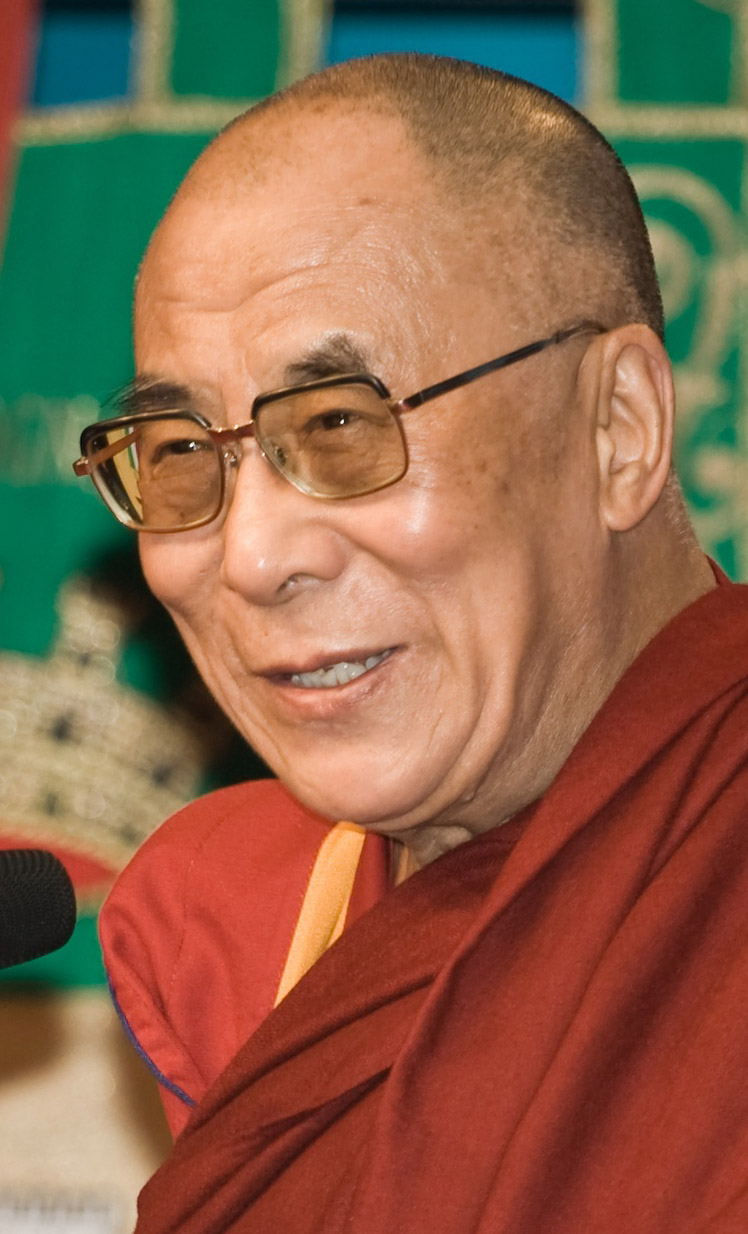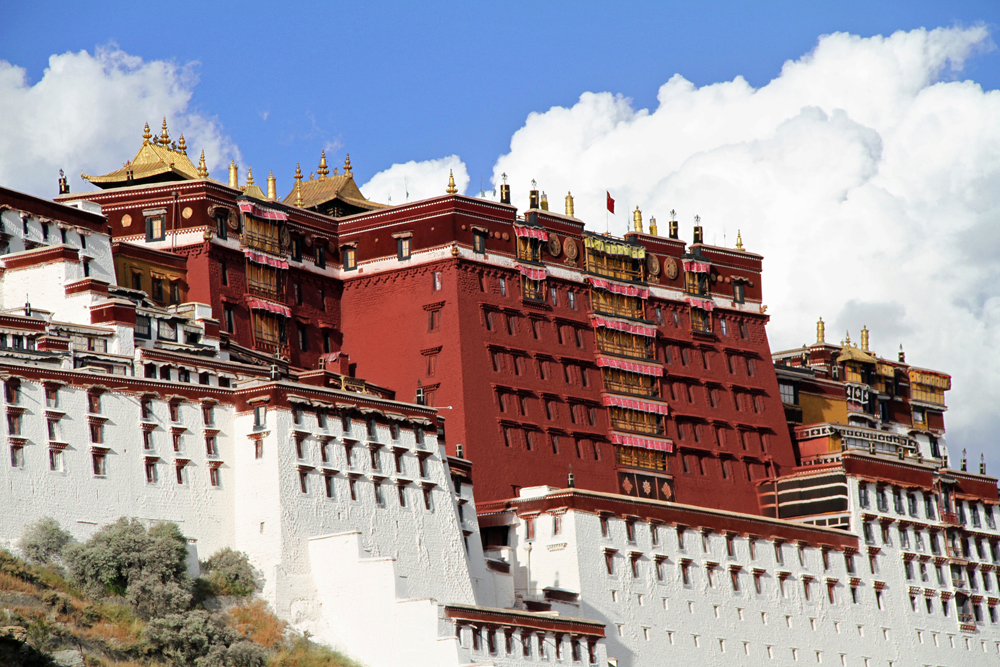Dgaʼ-ldan-pho-brang dynasty, 1642-1950
Enlarge text Shrink text- Work cat: 2018316230: Sde-pa-gzhung gi lo rgyus nyin byed snang ba, 2017:v. 1., page 7-16 (Dga-ldan-pho-brang dynasty ruled over Tibet region as hierarchical lineage holder of Dalai lamas ; established after overthrowing Tsang-pa dynasty by Mongolian prince Gu-shri-khang (1582-1655) allied with Dge-lugs-pa (Sect) monastic institutions and conferred Vth Dalai Lama, Ngag-dbang-blo-bzang-rgya-mtsho, 1617-1682 as head of new regime of Tibet in 1642; the Tibetan regime known as Gzhung-sa Dga-ldan-pho-brang named after Dalai lama's resident in Bras-spung Monastery; also popularly known as Sde-pa-gzhung)
- the Ganden Phodrang or Ganden Podrang; Wylie: dGa' ldan pho brang; Chinese: pinyin: Gāndān Pōzhāng, was the Tibetan government that was established by the 5th Dalai Lama with the help of the Güshi Khan of the Khoshut in 1642; Lhasa became the capital of Tibet in the beginning of this period, with all temporal power being conferred to the 5th Dalai Lama by Güshi Khan in Shigatse; after the expulsion of the Dzungars, Tibet was under administrative rule of the Qing dynasty between 1720 and 1912, but the Ganden Phodrang government lasted until the 1950s, when Tibet was incorporated into the People's Republic of China; Kashag became the governing council of the Ganden Phodrang regime during the early Qing rule ( (Wikipedia, viewed on October 13, 2019) )
- Sanggye Gyatso (sangs rgyas rgya mtsho, 1653-1705), who served as regent, or "Desi" (sde srid), of Tibet under the fifth Dalai Lama, Lobzang Gyatso, 1617-1682). Following the victory of Gushri Khan (1582-1655) and the Qoshud Mongol army over the forces of the King of Tsang in 1642, a central Tibetan government was established with power initially shared between the fifth Dalai Lama and the Qoshud Mongols ( (Treasure of lives (website), viewed on October 23, 2019) )
The Ganden Phodrang or Ganden Podrang (Tibetan: དགའ་ལྡན་ཕོ་བྲང, Wylie: dGa' ldan pho brang, Lhasa dialect: [ˈkɑ̃̀tɛ̃̀ ˈpʰóʈɑ̀ŋ]; Chinese: 甘丹頗章; pinyin: Gāndān Pōzhāng) was the Tibetan system of government established by the 5th Dalai Lama in 1642, when the Oirat lord Güshi Khan who founded the Khoshut Khanate conferred all spiritual and political power in Tibet to him in a ceremony in Shigatse. During the ceremony, the Dalai Lama "made a proclamation declaring that Lhasa would be the capital of Tibet and the government of would be known as Gaden Phodrang" which eventually became the seat of the Gelug school's leadership authority. The Dalai Lama chose the name of his monastic residence at Drepung Monastery for the new Tibetan government's name: Ganden (དགའ་ལྡན), the Tibetan name for Tushita heaven, which, according to Buddhist cosmology, is where the future Buddha Maitreya resides; and Phodrang (ཕོ་བྲང), a palace, hall, or dwelling. Lhasa's Red Fort again became the capitol building of Tibet, and the Ganden Phodrang operated there and adjacent to the Potala Palace until 1959. During the 17th century, the Dalai Lama established the priest and patron relationship with China's Qing emperors, a few decades before the Chinese expedition to Tibet (1720). Meanwhile, the Qing became increasingly active in governing Tibet with the establishment of imperial resident (Amban) and Chinese garrison stationed in Lhasa since the early 18th century and took advantage of crisis situations in Tibet to intervene in Tibetan affairs each time, although this also caused some dissatisfaction and uprisings within Tibet, such as the Batang uprising in 1905. A governing council known as the Kashag also operated in the Ganden Phodrang administration. During the British expedition to Tibet (1904) and the Chinese expedition to Tibet (1910) before the 1911 Revolution which led to the fall of the Qing dynasty in 1912, the Ganden Phodrang continued to govern Tibet under the Qing protectorate. After the Chinese Civil War which led to the establishment of the People's Republic of China and the subsequent signing of the Sino-Tibetan Seventeen Point Agreement in 1951, the annexation of Tibet by the People's Republic of China began, although the Dalai Lama escaped from Tibet and declared the revocation of the agreement following the 1959 Tibetan uprising.
Read more on Wikipedia >
 Family
Family





